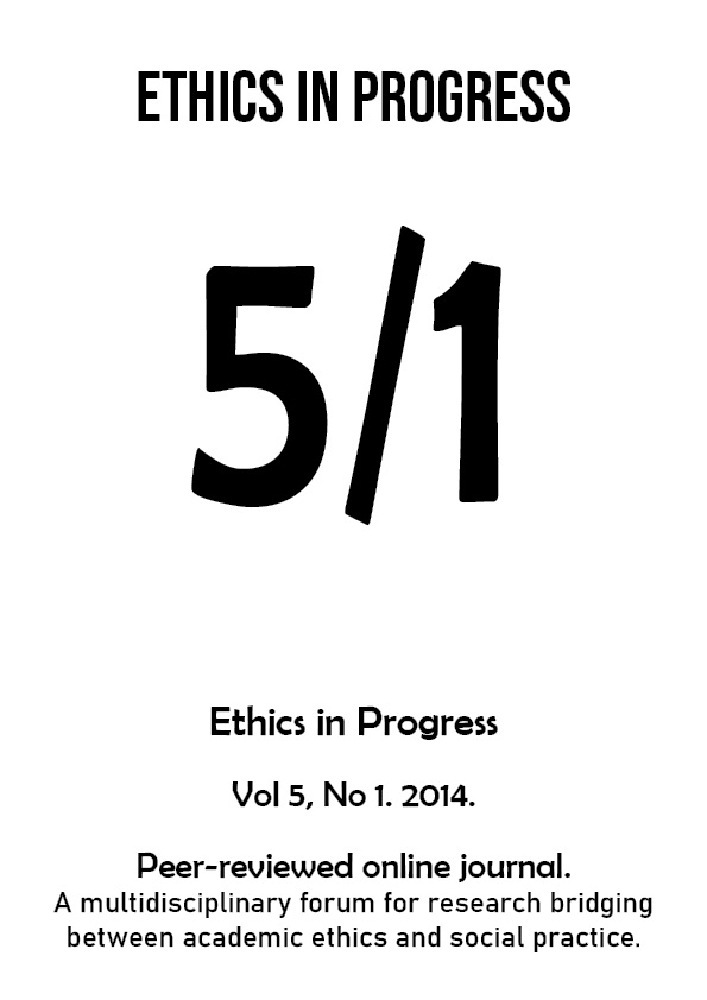Abstract
The aim of the article is to present historical gardens as phenomena inevitably pervaded by an ongoing clash of values. The conflict stems from the twofold character of gardens where art (or in broader terms: culture) and nature are combined, which results in a tension between the tendency to remain static and durable that human culture seeks, and the changeability and dynamics that are inherent in nature. This conflict can be characterized by referring to a theory proposed by Austrian art historian Alois Riegl, one of the founders of modern monument restoration theory who identified three types of values associated with monuments: historical value, age value, and present-day values. What is more, one can assume that gardens can be treated as particular tokens of landscape. Thus, the conflict of values within a garden may be seen as a more limited example of the same clash going on at the more general level oflandscape. The argument is illustrated by a short case study of the recent debate over the restoration of the historic Krasinski Garden in Warsaw, Poland.References
Anthony, J. 1996. “Protection for Historic Parks and Gardens”. Garden History 24 (1): 3-7.
Antrop, M. 2013. “A Brief History of Landscape Research”. In Howard, P., Thompson, I. & Waterton, E. (Eds.), The Routledge Companion to Landscape Studies. New York, NY: Routledge: 12:21.
Assunto, R. 2005. Il paesaggio e l’estetica. Palermo: Edizioni Novecento.
Berleant, A. 2012. Aesthetics beyond the Arts. New and Recent Essays. Burlington: Ashgate.
Berque A. 2000. Ecoumène. Introduction à l’étude des milieux humains. Paris: Belin.
Brook, I. 2013. “Aesthetic Appreciation of Landscape. In Howard, P., Thompson, I. & Waterton, E. (Eds.), The Routledge Companion to Landscape Studies. New York, NY: Routledge: 108-119.
Carlson, A. 2009. Nature and Landscape. An Introduction to Environmental Aesthetics. New York, NY: Columbia University Press.
Conan M. (Ed.). 1999. Perspective on Garden Histories. Washington D.C.: Dumbarton Oaks Research Library and Collection.
Cooper, E. 2006. A Philosophy of Gardens. Oxford: Oxford University Press.
Crawford D. 1983. “Nature and Art: Some Dialectical Relationships”. The Journal of Aesthetics and Art Criticism 42 (1): 49-58.
Elliot, R. 1997. Faking Nature. The Ethics of Environmental Restoration. London: Routledge.
Fenner, D. E. W. 2006. “Environmental Aesthetics and the Dynamic Object”. Ethics and the Environment 11 (1): 1-19.
Fenner, D. E. W. 2003. “Aesthetic Appreciation in the Artworld and in the Natural World”. Environmental Values 12: 3-28.
Hunt, J.D. 2000. Greater Perfections: The Practice of Garden Theory. Philadelphia: University of Pennsylvania Press.
Keekok, L. 1995. “Beauty for Ever?”. Environmental Values 4: 213-225.
Leddy, T. (Interviewee) & R. Wittaker (Interviewer). 1999. Is This A Garden? [Interview transcript]. Retrieved from: http://www.conversations.org/story.php?sid=41#sthash.0VSVi3Gb.dpuf
Mackellar Goulty, Sh. 1993. Heritage Gardens. Care, Conservation and Management. London-New York: Routledge.
Miller, M. 1993. The Garden as an Art. Albany, N.Y.: Sunny Press.
. 2010. “Time and Temporality in the Garden”. In O’Brien, D. (Ed.), Gardening: Cultivating Wisdom. Oxford: Blackwell: 178-191.
Moore, R. 2009. “Appreciating Natural Beauty as Natural”. Journal of Aesthetics Education 33 (3): 42-60.
Parsons, G. 2008. Aesthetics and Nature. London: Continuum.
Pollan, M. 1991. Second Nature: A Gardener’s Education. New York, NY: Atlantic Monthly Press.
Riegl, A. 1996. “The Modern Cult of Monuments: Its Essence and Its Development”. In Stanley Price, N., Talley, N. K., & Melucco Vaccaro, A. (Eds.), Historical and Philosophical Issues in the Conservation of Cultural Heritage. Los Angeles: Getty Conservation Institute: 69-83.
Ross, S. 1998. What Gardens Mean?. Chicago: Chicago University Press.
Scruton R. 2000. Perictione in Colophon: Reflections on the Aesthetic Way of Life. South Bend, Ind.: St. Augustine’s Press.
Treib, M. (Ed.). 2011. Meaning in Landscape Architecture and Gardens. New York: Routledge.
ELC. 2000. European Landscape Convention. Retrieved from: http://conventions.coe.int/Treaty/en/Treaties/Html/176.htm
Krasinski. 2013. Retrieved from: http://www.ogrodkrasinskich.pl/ FCh. 1981. Florence Charter. Retrieved from: http://www.icomos.org/charters/gardens_e.pdf




